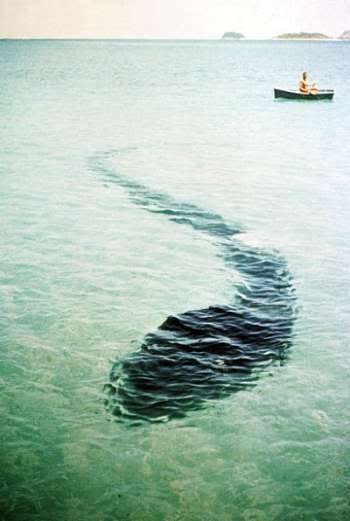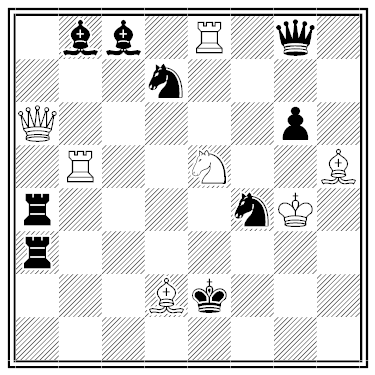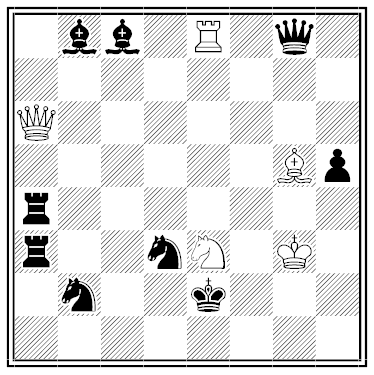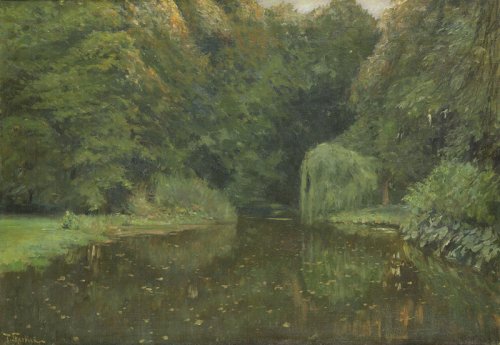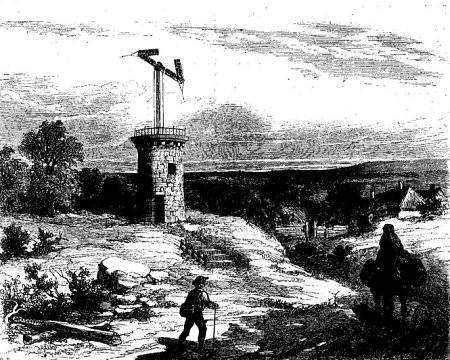On Sept. 13, 1862, members of the 27th Indiana Infantry were awaiting orders on a hillside near Frederick, Md., as Robert E. Lee’s Confederate troops approached from the south. One of the men noticed a package on the ground and discovered three cigars wrapped in a piece of paper. The men were rejoicing in their good fortune when a sergeant noticed writing on the paper — it was headed “Headquarters of the Army of Northern Virginia.”
They had discovered Lee’s battle plan. The orders had been issued to Gen. D.H. Hill, but one of his staff officers had apparently dropped them; Hill received a second copy from Stonewall Jackson and had not realized that the first set had been lost.
The plans passed quickly up the line, and that afternoon Union general George C. McClellan was wiring the president, “I have all the plans of the rebels, and will catch them in their own trap.” The battle of Sept. 17, Antietam, was the bloodiest single day of the Civil War. It repelled the rebel army and permitted Lincoln to issue the Emancipation Proclamation from a position of strength.
Lee later told a friend: “I went into Maryland to give battle, and could I have kept Gen. McClellan in ignorance of my position and plans a day or two longer, I would have fought and crushed him.”
